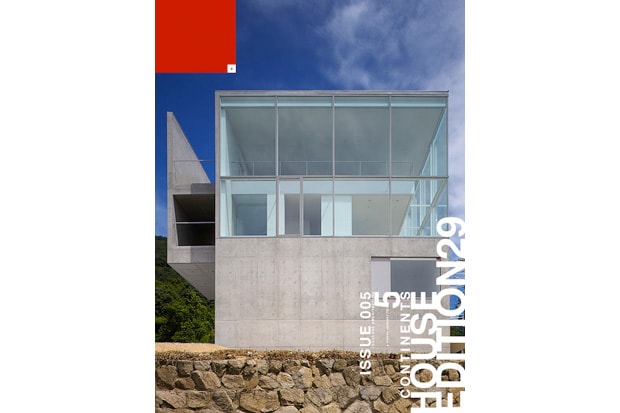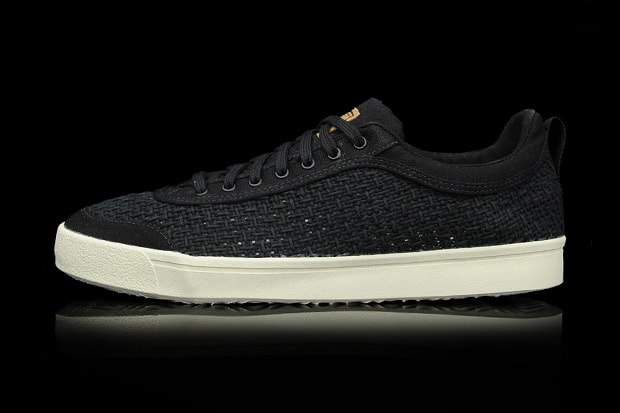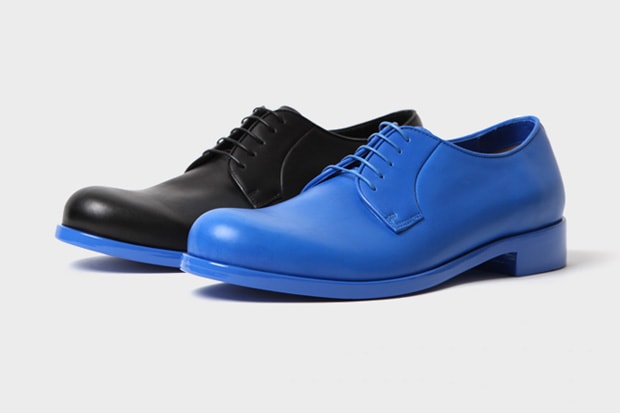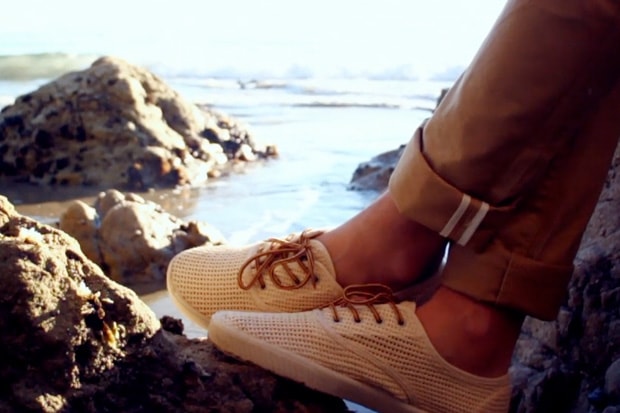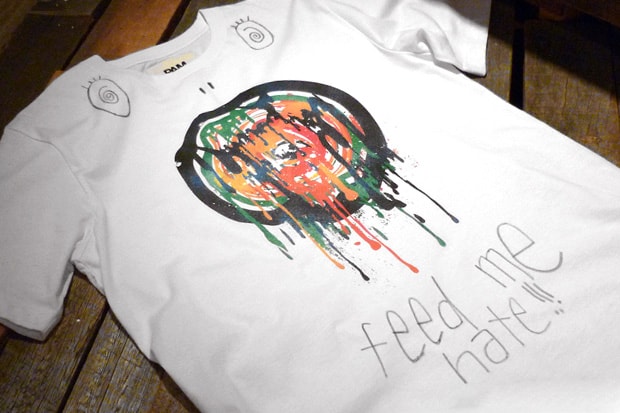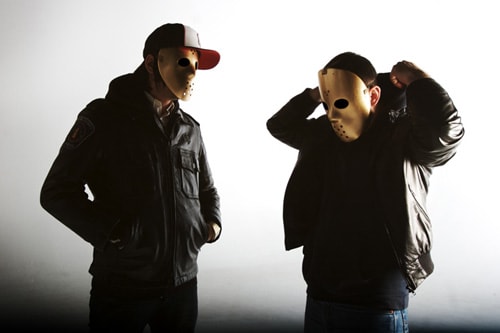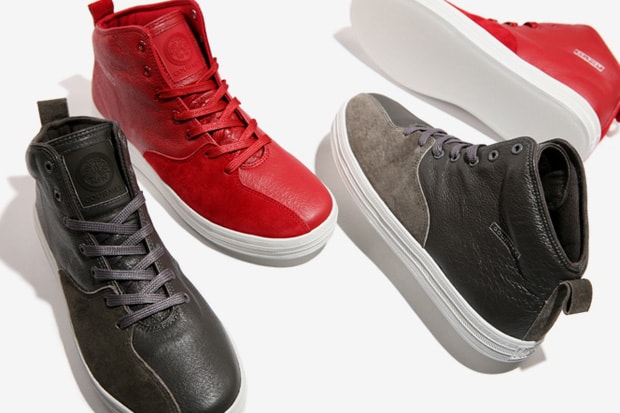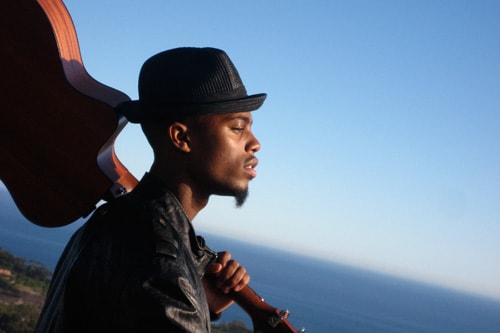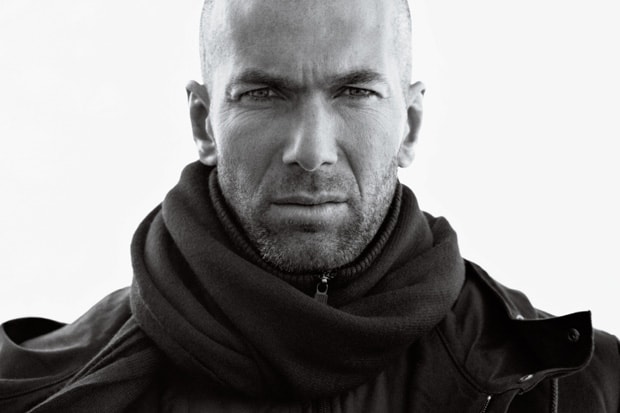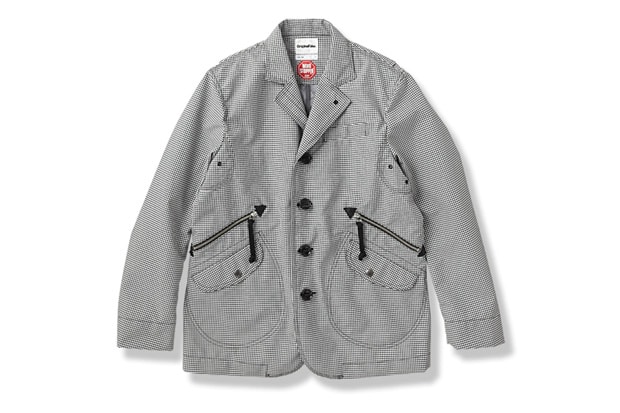The Guardian: Hedi Slimane, "Maybe I Have to Start Designing Again"
While the exit of Hedi Slimane took place almost half a decade ago, his influence on men’s
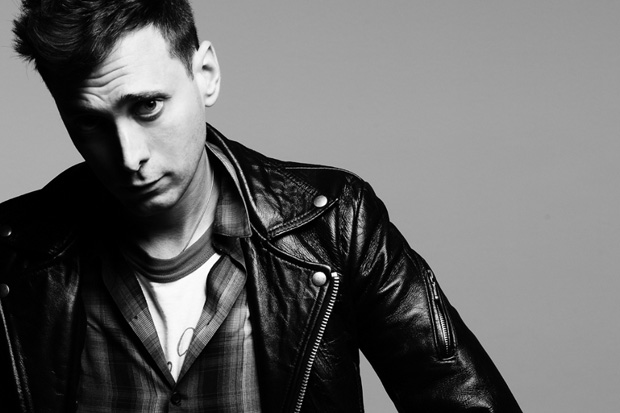
While the exit of Hedi Slimane took place almost half a decade ago, his influence on men’s fashion has still remained relevant all these years. Ushering a new wave of tailoring and style, the prototypical muscular models once a mainstay were exchanged for much thiner and less masculine versions to fit the Belgian designer’s ultimate vision. The Guardian speaks on the topic of Hedi Slimane in regards to his past history, his current job (and first love) as a photographer and his insight into the current fashion landscape. A portion of the article can be seen below with the full version available at The Guardian.
Hedi Slimane won’t talk about fashion. Specifically, he is not to be asked when he will make his return to fashion design. Slimane’s assistant has insisted as much via email, and she is telling me again as we walk down a Brussels backstreet to meet him. “He gets asked every day,” she says. “Every day.”
This represents something of a conundrum for the journalist dispatched to interview arguably the most influential fashion designer of the 21st century. The man who, during his seven years at Dior Homme, created a seismic shift in the most staid of all clothing categories, menswear. Slimane is said to have transformed the male silhouette. He produced jackets that were cut short, with narrow, square shoulders, and teamed them with very skinny trousers – exquisitely made, super-tight tailoring that was designed with rock stars in mind, but was greeted with so many standing ovations on the catwalk that pretty soon everyone from Versace to Topman referenced Dior Homme in their collections.
Slimane cast his shows by what he called “boy safari”; picking boys without modelling experience off the street. He favoured tall, thin, androgynous-looking teenagers, many from London. “I wanted the clothes to be about the boys,” he will explain. “They even had their own name embroidered in the clothes. It was really always a tribute to them.”
By the mid-90s, Slimane’s lean look had completely upended fashion’s traditional, chiselled version of male beauty. Waifs were everywhere; the odder-looking the better. The world’s largest mannequin company, Rootstein, was compelled to roll out a dummy with a 35in chest and a 27in waist – 12 inches smaller than the average British man. One newspaper talked importantly about the spread of “manorexia”. “No one wanted the big guys; it was all skinny androgyny,” complained David Gandy, the well-built male model whose name was made more recently, smouldering away in the back of a boat in a pair of tight white Dolce & Gabanna pants. “People would look at me very strangely at castings. They’d say unbelievable, stupid things. You’re too big! You’re too good-looking.”
Courtney Love with veil, London, 2009. Photograph: Hedi Slimane/Almine Rech Gallery, Paris/Brussels
Slimane’s insouciant rock’n'roll take on suits, jeans and tuxedos was first influenced, then adopted by the resurgent indie music scene of the day: Franz Ferdinand, Razorlight and Pete Doherty. Especially Doherty. And the designer embraced the scene like a 16-year-old fan, attending gigs as often as he could and getting little-known bands such as These New Puritans to soundtrack his shows. “He turned up to a Dirty Pretty Things show with loads of free clothes,” recalls Carl Barât, Doherty’s sometime bandmate, referring to his post-Libertines project. “Then he started photographing all our gear. Our guitars, our jackets, our shoes . . . It was pretty odd. Hedi’s very sweet, though.” Not everyone agreed. “I’ve never met [Slimane], but I just think it’s wrong,” Jarvis Cocker said at the time. “The thing I like about music is that people make it up for themselves, and that extends to what they look like as well. So it’s a very personal thing. Then someone comes along and goes: ‘Oh, yeah, skinny trousers, de-de-de-de, that’ll be £800, please.’”Today, the music scene may have changed but the influence of Slimane’s monochrome palate shows little sign of fading to grey, four years after he turned his back on fashion. Skinny black jeans are still everywhere, while a skinny black suit worn with a skinny black tie is still the default man-at-a-special-occasion uniform – even James Corden squeezed into one for 2010’s Brits. But Slimane, who has no training in fashion and whose career path surprised even his best friends, never set out to be become the century’s most influential designer. “It’s just like if I would have done cooking in my house and then I ended up as a cook in a restaurant, then I opened a restaurant randomly,” he says in his heavily accented English. “I do it if it’s fun. If it’s not fun I give up and do something else.”
Fun right now for Slimane, is photography. He always wanted to be a professional photographer – now he is one. And very successfully so. Famous names, from Gore Vidal to Lady Gaga, have commissioned Slimane photo shoots, while European arthouse publishers have put out hefty collections of his work since 2001. He shoots for dozens of fashion magazines: Vogue, VMan and so on. Even during the mutual love-in with the indie rock scene, he never stopped snapping. London Birth of a Cult was 200-plus pages devoted entirely to a sweaty Pete Doherty, while Hedi Slimane: Anthology of A Decade is 10 years of his favourite photographs and is due to be published soon. Before that there was Hedi Slimane: Berlin.



